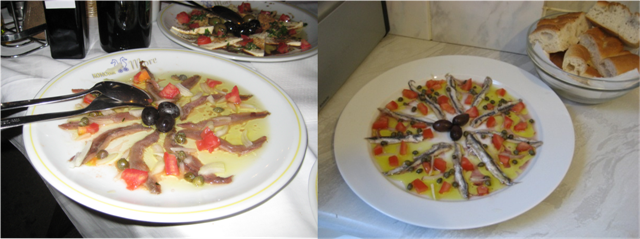Schadenfreude and Dalmatian pot roast
 Monday, September 27, 2010 at 10:37PM
Monday, September 27, 2010 at 10:37PM Dalmatian pot roast, aka dog's breakfast
We all have to admit that the real reason we watch reality TV shows, such as the X-factor, is in anticipation of those cringe-worthy acts where a talentless and deluded wannabe sings an appalling rendition of I Will Survive only to be brutally confronted with the harsh reality that survive they will not, certainly not in this competition anyway. In an article in The Huffington Post, Tom Alderman looks at why we are so obsessed with ‘shame TV’:
If a truth gun were put to our collective TV heads asking why we watch American Idol, and The Apprentice, the answer might be: we like watching people being humiliated ... [We] do cheer for the powerful singer. But aren't we really waiting for Simon, Paula and Randy to rip into some over-eager, untalented hopeful who actually volunteered himself for public degradation? ... We can't seem to get enough of these debase-me-now shows.
 Vix |
Vix |  2 Comments |
2 Comments | 

